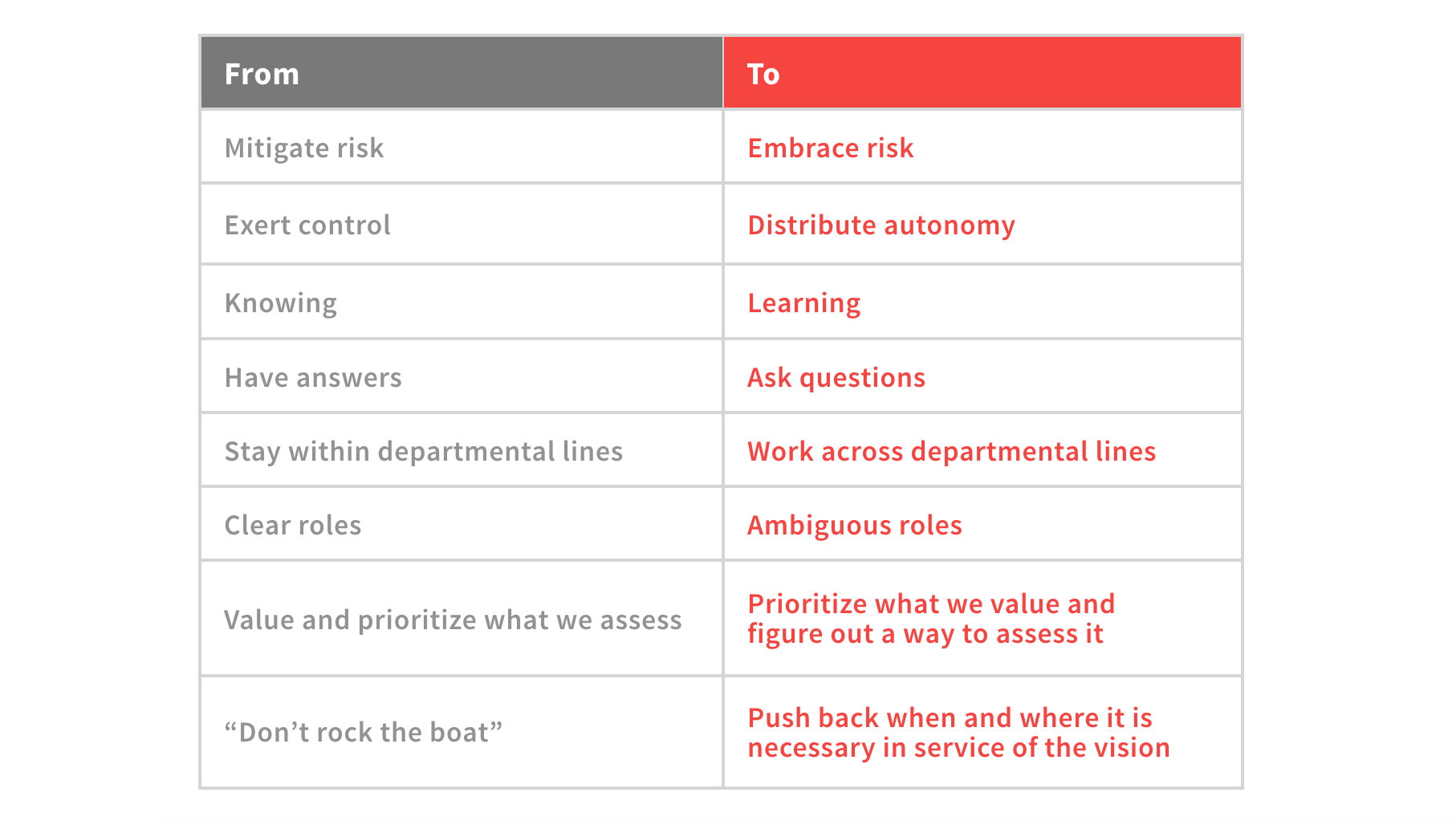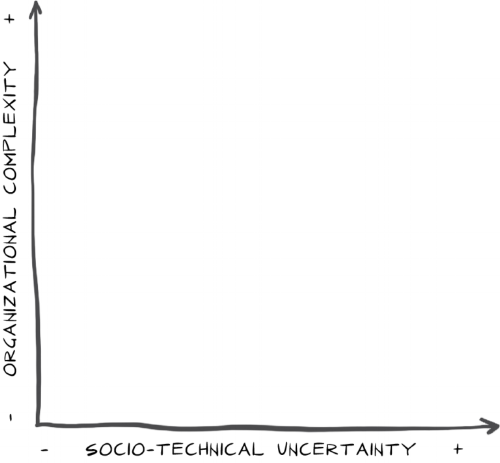This article is brought to you by the fabulous Amy Timmins. Middle school teacher and researcher, Amy, clearly explains the link between the practice of mindfulness and the development of self-regulation skills in middle school students. In her below article, Amy outlines practical strategies for adults to help children learn to relax, check in with themselves and to manage their emotions. Amy wrote this article back in September of last year - a helpful primer as we wind down one academic year and prepare for another :) Amy also recommends a great resource for parents: FamilyNurturance.
Enjoy!
These past three weeks were the first days of school for me and many other teachers. As usual, I went over the classroom rules and procedures with my middle school students.
- Before you enter the classroom, make sure that you have all your materials with you.
- Raise your hand before you speak.
- Take one minute to focus on your breath at the beginning of class.
While the first two classroom procedures listed above may seem fairly typical, the third is not. Mindfulness in schools has received much positive attention recently with articles published in The Atlantic and The New York Times. However, the consistent exercise of incorporating meditation and mindfulness into the regular routine of the school day is not widespread.
When I first decided several years ago that I wanted to give meditation and mindfulness a try, I was intimidated and quite frankly nervous about adding another thing to do on a to do list that was already infinitely long. Because of time constraints, I created practice based off common meditation teachings that only takes three minutes to complete. Once my students have completed their opening activities such as writing down their homework assignment in their agenda books, the sequence I follow is this:
1. I instruct them to place the students feet firmly on the ground, noticing if they feel their toes and heels on the ground
2. I direct the students to sit up straight and tall with their heads held high, looking like the important people that they are.
3. Next the students place their hands on their knees, palms facing up, and close their eyes. Guiding students to place their hands in this position keeps their hands are free of anything (including the fingers of their other hand) that may distract them during this time. In addition to that, students seem less selfconscious when meditating with their classmates when their eyes are shut. Since everyone has their eyes closed, they don’t feel like someone is watching them.
4. Once the students have gotten in position, we take our first three inhales and exhales together as a class. I direct the students to concentrate on breathing in through their noses and out through their noses, while their bellies, then rib cages, and chests expand. They breathe out through their noses. This exhale will result in a Darth Vadar sound, although many meditation practitioners compare the noise to the sound of the ocean.
5. After these initial three breaths, I tell the students to follow their own breath the next minute, and if their attention wanders away from their breath to gently direct it back.
6. At the end of the minute, the students and I take the last three breaths of our meditation together as a class, once again I instruct students to follow their breaths as they fill their lower bellies, rib cages and chests and empty them in a likewise fashion.
7. Once we have done this, the students open their eyes, and we begin the lesson/activity for the day.
Given the high stakes testing environment in which we live, one might ask why would a teacher give up fifteen precious minutes of academic time per week to have kids focus on their breath. What about reading comprehension, writing ability, critical thinking skills, the Common Core Standards? The reason I offer is the following. Although meeting the Common Core Standards is necessary and the critical thinking skills found within them are ultimately useful to students, I believe it is also necessary to teach students how to emotionally navigate the world in which they live. Without a strong personal core, it is difficult for students to use the skills they have developed in school purposefully and effectively.
While many articles published on meditation and mindfulness in schools focus on the good it can do for high poverty schools, I work in a high performing school district where kids continuously push themselves to do well. That drive comes along with many positives, like a majority of my students complete their homework thoroughly and on time. However, that drive can also bring kids to demand perfection in everything they do, and if they don’t live up to these unrealistic standards of continuous excellence, some can become quite down on themselves.
Research by Arsenio and Loria (2014) found that students who had higher levels of academic stress were more likely to have a negative academic affect. In other words, kids who felt more stress around their school work and getting it completed correctly, generally had a worse attitude about completing projects, homework, in class assignments, tests, and quizzes. Although these researchers could not find a direct link between the level of student stress and their grade point averages, they did find that students with a higher negative academic affect tended to have lower grade point averages. When negative academic coping strategies were factored in, the link was even stronger.
As a teacher reading this, I think to myself , “Yeah, tell me something I don’t know. Kids who feel bad about school and avoid their work do worse.” However, I cite this research to make another connection. If students can be taught and given opportunities to practice strategies that allow them to manage and decrease their own stress levels, they may be able to bounce back more easily from academic challenges and setbacks. Research has shown that people who practice meditation on a regular basis (and not just by the Zen Buddhists monks) have lower levels of stress and anxiety.
In addition to helping students relax, the practice of meditation has been linked with increases in self-regulation. Zimmerman and Kinstas (2006) define self-regulation as processes that people use to activate and maintain thoughts, emotions, and behaviors to attain personal goals. In many ways, the level of a student’s self regulation determines how well they manage their own stress and potentially negative situations.
For example, a student may be self-regulating in the following scenario: John gets back a test in his biology class. When he looks at the paper, he sees that he has gotten a C. He feels that he studied hard, and he can’t understand why his grade was so low. John begins to feel very stressed about this and to get upset with himself. He wonders if this class is just too hard for a kid like him. However, before his feelings start running away with him, he realizes that feeling bad about himself and getting upset about the low grade isn’t going to get him what he wants, which is an A or A- for the quarter. Because of this realization, he decides to take a look at his mistakes and make an appointment with his teacher to go over where his thinking was wrong.
In my experience, students who have developed self-regulation skills are considered to be mature. Like intelligence and academic skills, self-regulation is plastic and develops over time. (Blair and Raver, 2012). In a recently published 2015 study entitled “Fostering Self-Regulation Through Curriculum Infusion of Mindful Yoga: A Pilot Study of Efficacy and Feasibility”, Bergen-Cico, Razza, and Timmins found that middle school students who engaged in mindfulness practices, specifically 5 minutes of yoga and meditation approximately four times a week, had significant increases in global and long term self-regulation. Global self-regulation can be described as one’s overall ability to notice their urges and manage their subsequent actions. Long-term self–regulation is the ability to do the same in service to a particular goal an individual has set for him/herself. Both of these types of self regulation are necessary for school and overall life success.
When my students meditate at the beginning of class, they practice how to relax themselves as well as how to check in with themselves and manage their emotions. I believe that, in turn, these skills will funnel over into other areas of English class. I know that meditating with my students has not magically changed them into young people who are not ruffled by their mistakes or setbacks that occur to them. However, it is my hope for this practice is the following: when facing any type of stressful situation, my students will have the ability to pause, assess the situation, problem-solve, and move forward. And I hope that this skill is utilized both within and outside my classroom walls.
Amy Timmins has been teaching since 1997 and is currently a sixth grade English teacher at the Jonas Clarke Middle School in Lexington, MA. She holds a Masters degree in Elementary Education from Catholic University and another Masters degree in Education with a concentration in Human Development and Psychology from Harvard’s Graduate School of Education. She also is a 200 hour Registered Yoga Teacher through Yoga Alliance. She was trained in Mindfulness Based Stress Reductionand studied mindfulness under Ellen Langer. Amy strives to support teachers by providing information from research in the areas of child development and psychology to help the classroom become a place where positive mental health is fostered.
































































